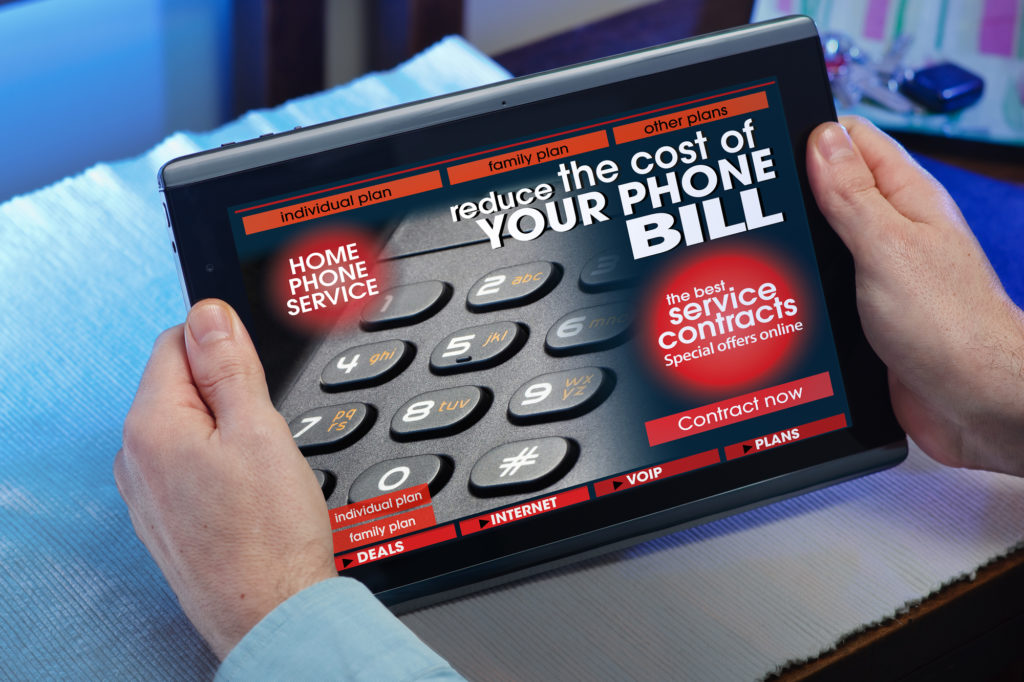(310) 504-1391
REDONDO BEACH BUSINESS PHONE SYSTEMS FIBER OPTIC CABLING

Fiber Optic Cabling, Install, Repair, & Maintenance, Service Redondo Beach
As technology continues to evolve, businesses in Redondo Beach, California, are increasingly turning to fiber optic cabling as the backbone of their communication and data systems. Fiber optics offer unparalleled speed, reliability, and capacity, making them an ideal choice for modern businesses. At Redondo Beach Business Phone Systems, we specialize in providing top-tier fiber optic cabling solutions that ensure your business stays ahead of the curve in terms of performance and connectivity.
What is Fiber Optic Cabling?
Fiber optic cabling is a cutting-edge technology that transmits data using light signals through glass or plastic fibers. Unlike traditional copper cables, which rely on electrical signals, fiber optics deliver data at much faster speeds over greater distances. Fiber optic cables are thin, lightweight, and immune to many of the common issues that plague copper-based wiring, such as electrical interference and signal degradation.
The technology is a perfect fit for modern businesses that rely on high-speed internet, seamless communication, and the ability to transmit large volumes of data quickly and efficiently.
Two industry standards for Fiber Optic Cabling:
Single-mode fiber optic cabling and multi-mode fiber optic cabling are two distinct types of fiber optic cables, each with unique characteristics and use cases. As a business owner considering fiber optic solutions for your company, it’s crucial to understand the differences between these two types of cables and how they align with your business needs, particularly in terms of network speed, distance, and cost-efficiency.
Single-Mode Fiber Optic Cabling
Single-mode fiber (SMF) cables are designed to carry light signals along a single path (mode). These cables have a very small core (approximately 8 to 10 microns in diameter) and are ideal for long-distance communication, as they minimize signal loss and distortion.
Benefits of Single-Mode Fiber:
- Longer Transmission Distances: SMF can transmit data over vast distances—up to 100 kilometers (or more) without the need for signal repeaters, which makes them suitable for large-scale networks like those of telecom providers or multinational corporations.
- High-Speed Data Transfer: Single-mode fiber supports extremely high-speed data transfer rates, making it ideal for applications requiring significant bandwidth, such as video conferencing, high-speed internet, and large-scale data transfers.
- Low Signal Loss: The minimal light dispersion ensures that the data sent through the fiber reaches the destination with high integrity, even over long distances.
Common Use Cases:
- Telecommunications Networks
- Large Campus Networks
- Data Centers
- Long-Distance Communication (e.g., city-to-city connections)
Multi-Mode Fiber Optic Cabling
Multi-mode fiber (MMF) cables, in contrast, have a larger core (50 to 100 microns in diameter) and are designed to allow light signals to travel along multiple paths. This means that the signals can bounce off the core’s walls, allowing data transmission to occur at lower frequencies.
Benefits of Multi-Mode Fiber:
- Shorter Transmission Distances: MMF is better suited for shorter distances, typically up to 2 kilometers, depending on the type of MMF and the equipment being used. This makes them ideal for use within buildings or across a campus.
- Lower Cost: Multi-mode cables are generally more affordable than single-mode fiber, making them a more cost-effective solution for networks that don’t require the long-distance capabilities of SMF.
- Easier Installation and Maintenance: MMF systems tend to be easier to work with and install, which can save on labor costs and reduce the complexity of maintenance.
Common Use Cases:
- Local Area Networks (LANs)
- Data Centers (for short-range communication between servers)
- Enterprise Networks (e.g., within office buildings)
- Voice and Video Communications in Office Settings